It is a suite, a supplement to a previous article in which we were talking about knowing play our bandeja since right side while being right handed. Now let's be left-handed ou right handed posted to the left.
La bandeja is a family of volley shots after a high ball played by opponents. Unlike the smash where the player will have to make the effort to get the ball as high as possible, for the bandeja on the contrary, it will be necessary to accompany it from top to bottom. SO bandeja cut off, vibora brushed or your own stroke, let's go into detail.
If you're left-handed, just take the same information and apply it to your side on the track.
The simplest and most common
The least energy-intensive move would be the vibora. This brush stroke, performed while loosening, allows you to negotiate all high balls from the center of the track to half of the service square. Beyond that, it would be wiser to switch to smash mode. There vibora can be done with a straight trajectory or with a curve that will allow you to work at different speeds.
For bandeja, it's a bit more complicated. Certainly, it requires more physical commitment, but it allows you to have more angle because you can impact higher and especially closer to the side grid.
So if you are lucky enough to be able to master both, perfect, otherwise focus only on one shot to make it a lethal weapon.
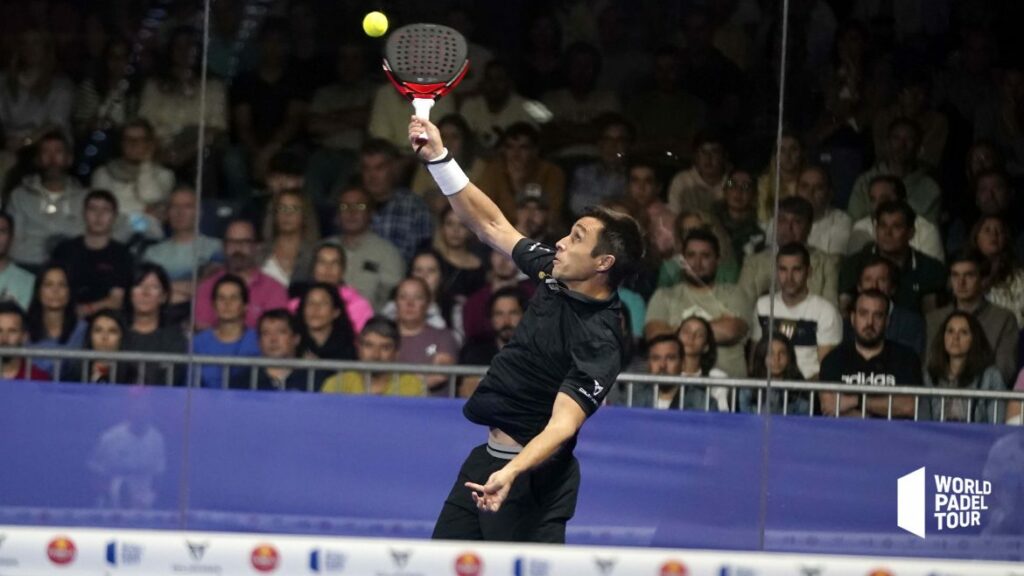
A different strategy than a right-hander
On the right, we said that a right-hander had to play this or that way depending on his position. On the left it is different. Since the shots you are going to hit are on the right side of your body and the track is open in front of you and not behind you, you will have to know your possibilities and above all work on different options to adapt to the defensive skills of your opponents. day.
Know how to vary
This is the basis. In training or during quiet sessions with friends, learn the bandejas fast, slow, short bounce, long bounce, straight bounce, high spin, single pane hit, bottom pane first then the lateral one… Above all, keep in mind that the mixture of several of these creations, such as for example a bandeja slow with spin that has a long rebound that first hits the bottom pane and ends on the side, bringing you more efficiency.
As you can see, the goal is not to achieve a simple bandeja but to be able to offer several styles of blows, speeds, effects to your opponents in order to complicate their defense.
Opponent analysis
This is the last step. Imagine that your bandeja is more and more complete and that you are able to adapt the blow to the situation, it is now necessary to find the fault in the opposing defense which will allow you to attack better.
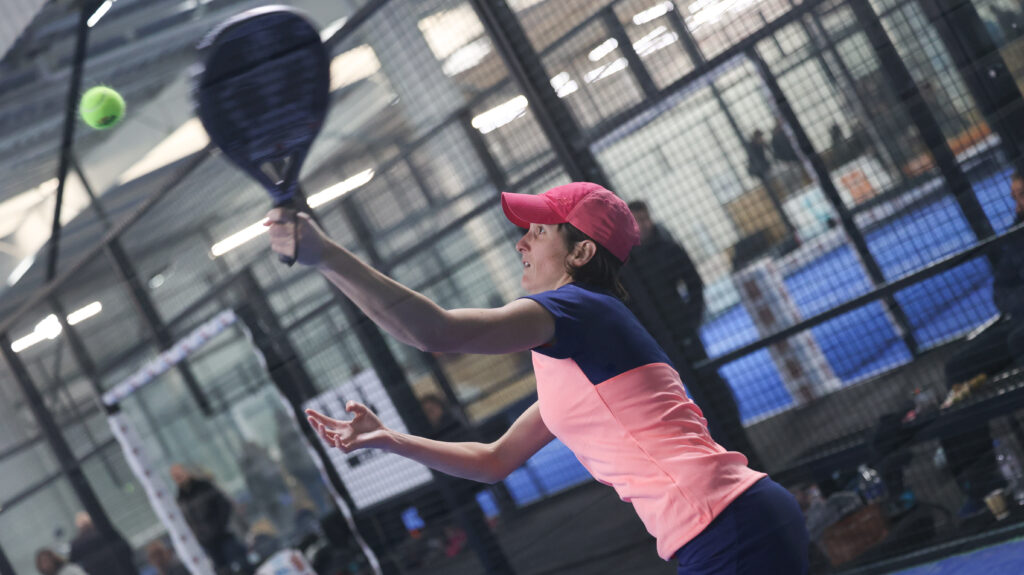
Speed
You need to know the speed at which the opponent lets the ball pass and the speed at which they block. This is very important for your net recovery.
The curve and the depth
You have to adapt the spin and the depth to find the distance and the shots that disturb, make the defense uncomfortable. Some players are comfortable in one area but not in another. Some are able to play very well after rebounding but not at all when coming out of the window or in volley from the bottom of the track. It will therefore be necessary to identify these strengths and weaknesses of your opponents.
The game area
This is probably the most important. In training you can perform bandejas that look very clean, efficient and destructive to you, but in match they are no problem.
This is where the zone change will be so important. Indeed, perhaps your opponent does not know how to turn on himself, does not like to defend angles, is very comfortable when the ball enters the side of his left foot but not on his right foot, can -be that you are less in danger when playing in the center etc.
The tactics of the game will take on much greater importance if you know how to negotiate all of this. Imagine that beyond knowing how to manage all these blows well, you are to add a vibora and a smash? So dear left-handed right-handed and left-handed right-handed friends, the bandejas and viboras are moves that, for you, must be very complete and with many variations that will allow you to adapt your tactics to the best. Let's go!
Julien Bondia is a teacher of padel in Tenerife (Spain). Columnist and advisor, he helps you play better through his tutorials and tactical/technical articles padel.




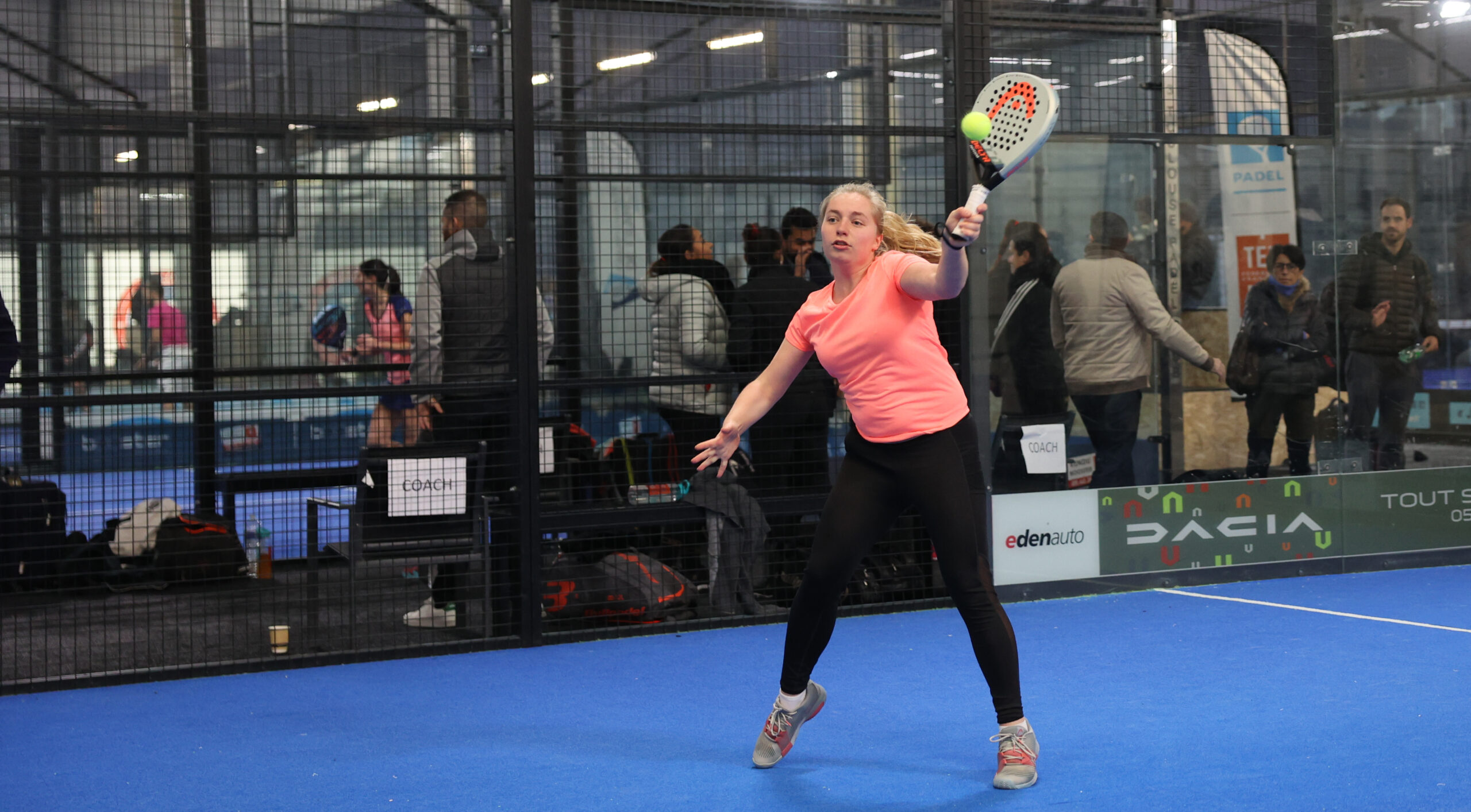
































































































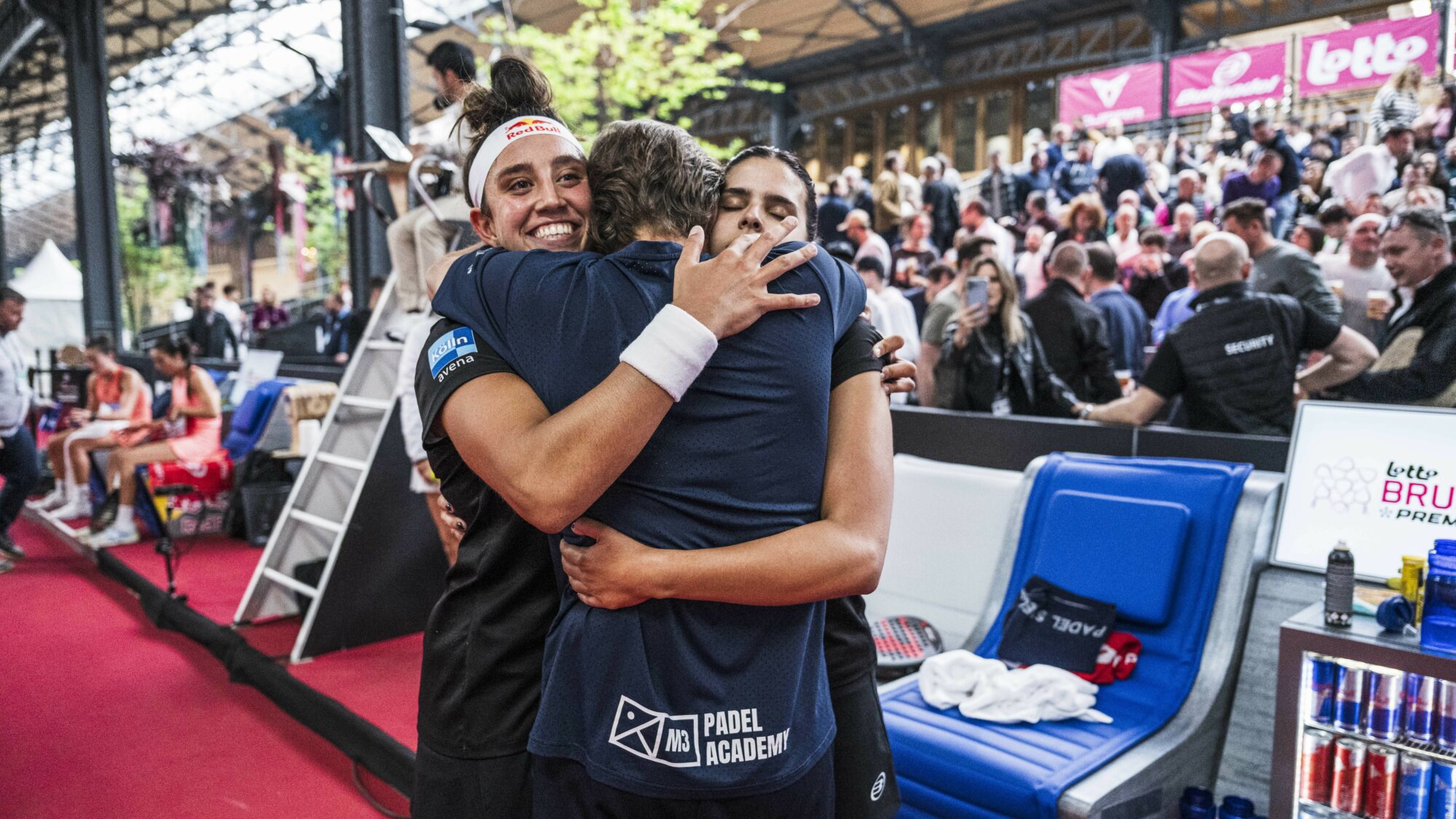 Premier Padel Brussels P2 – Brea/Gonzalez wins the arm wrestling against Salazar/Icardo
Premier Padel Brussels P2 – Brea/Gonzalez wins the arm wrestling against Salazar/Icardo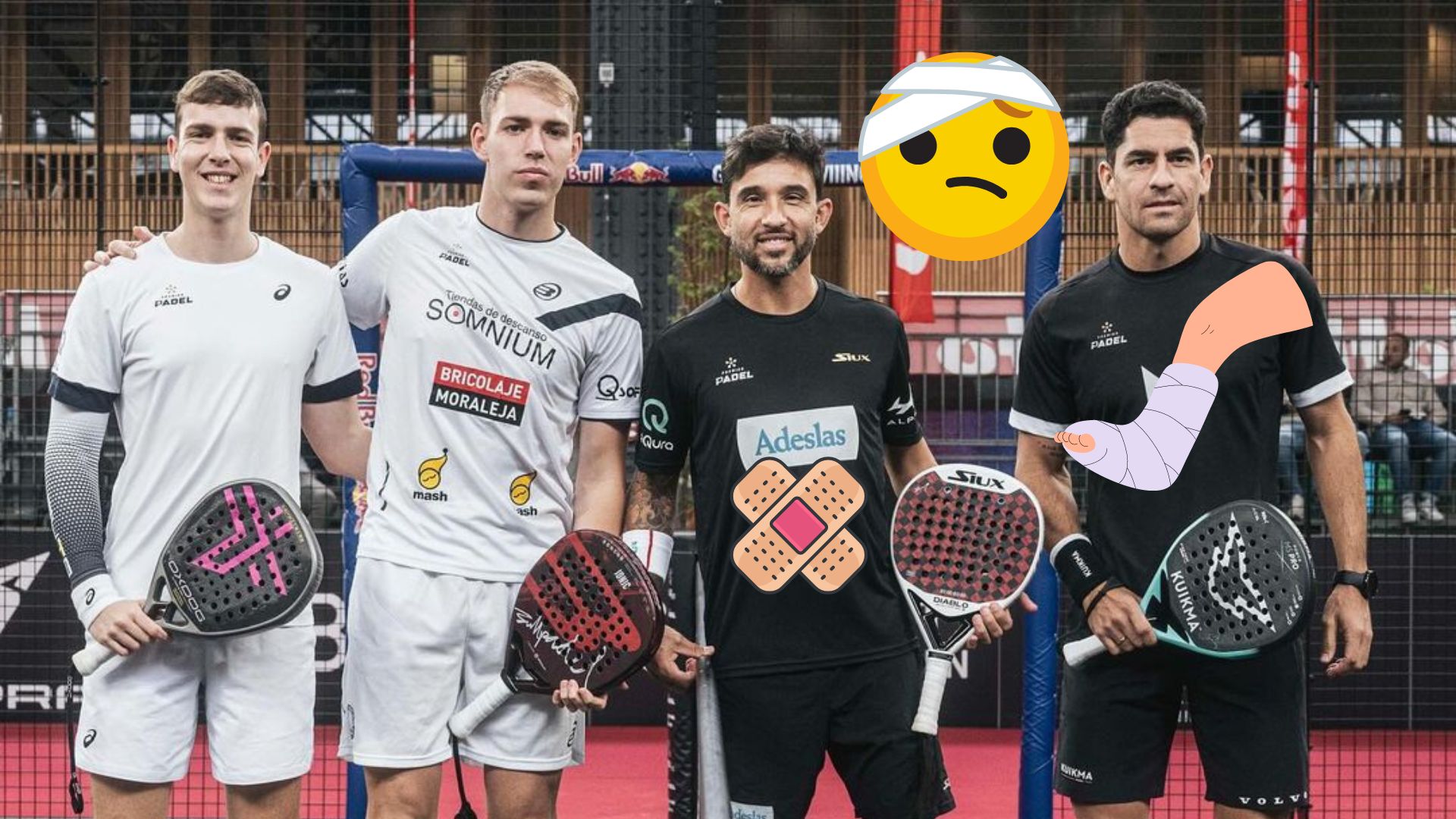 Unusual – Sanyo Gutierrez and Maxi Sanchez suffered in Brussels
Unusual – Sanyo Gutierrez and Maxi Sanchez suffered in Brussels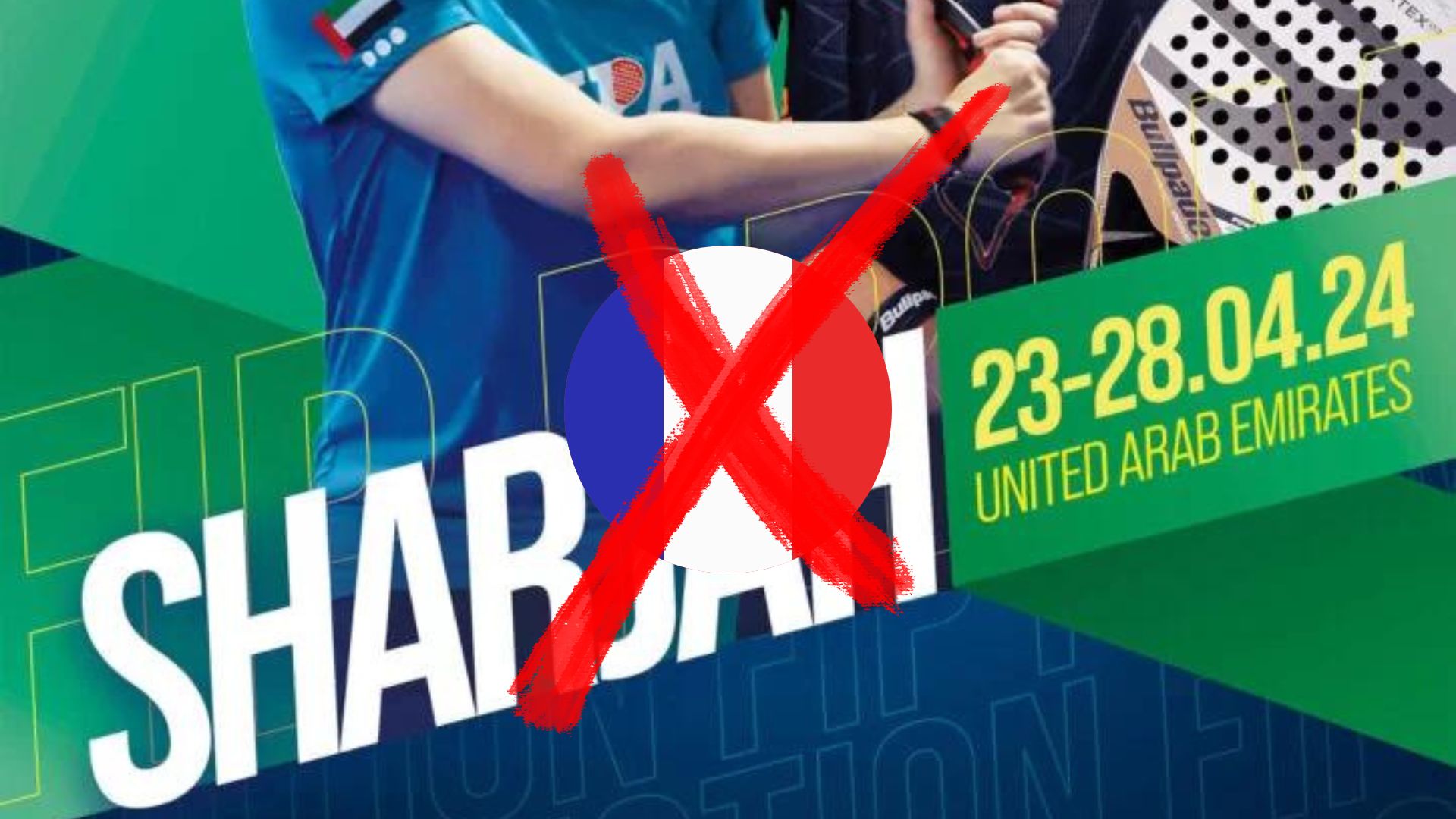 FIP Promotion Sharjah – More French people in the United Arab Emirates
FIP Promotion Sharjah – More French people in the United Arab Emirates Guillaume Codron de Sud Padel : “A family project”
Guillaume Codron de Sud Padel : “A family project” Nallé Grinda: “Democratize the padel in the USA with PadelX "
Nallé Grinda: “Democratize the padel in the USA with PadelX " Simon Boissé: “We know that there are two nations in front of us”
Simon Boissé: “We know that there are two nations in front of us” Marie Maligo: “This period of frequent changes of partners was beneficial for me”
Marie Maligo: “This period of frequent changes of partners was beneficial for me”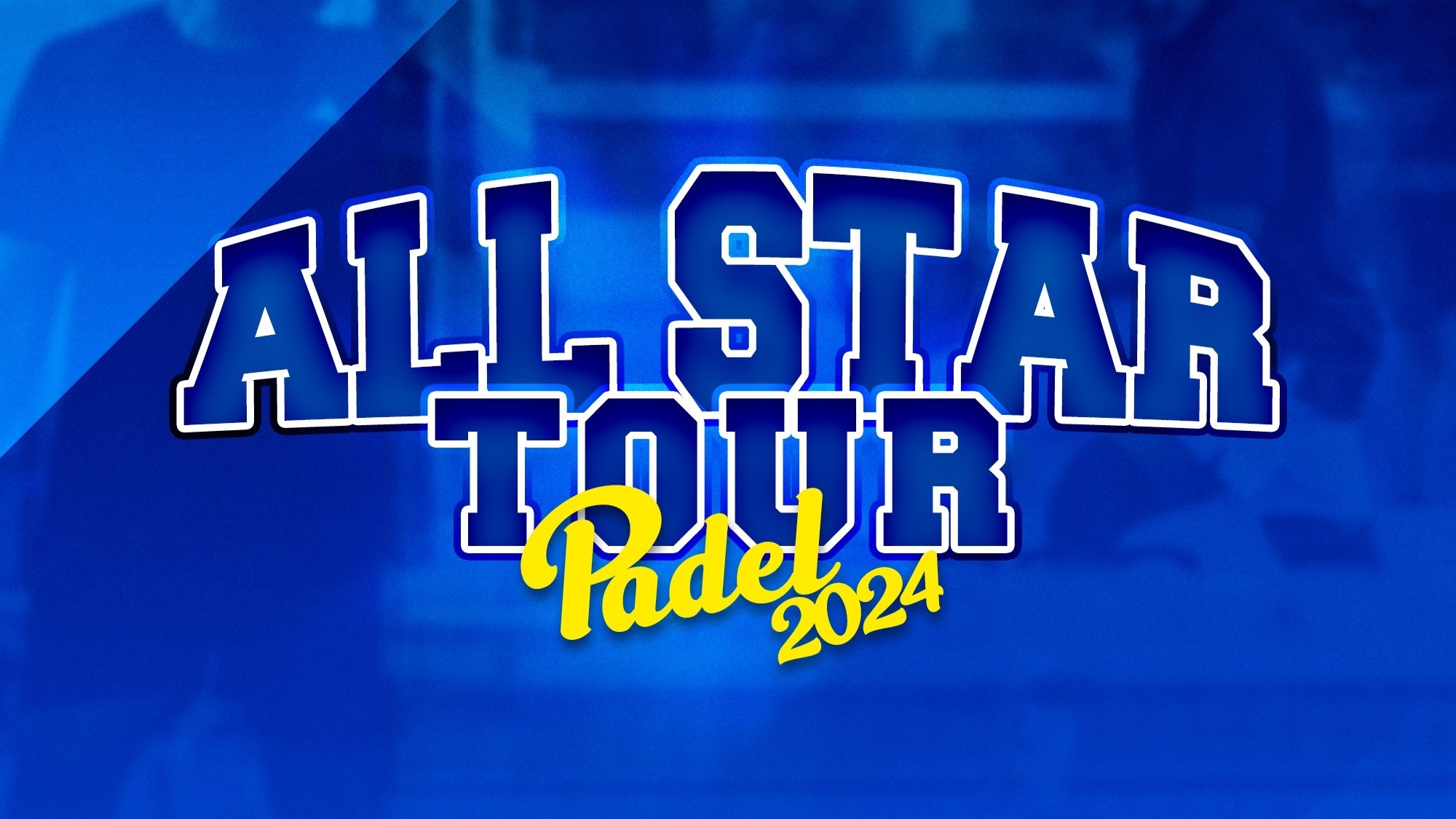 The All Star Tour returns on May 16 at the All In in Lyon
The All Star Tour returns on May 16 at the All In in Lyon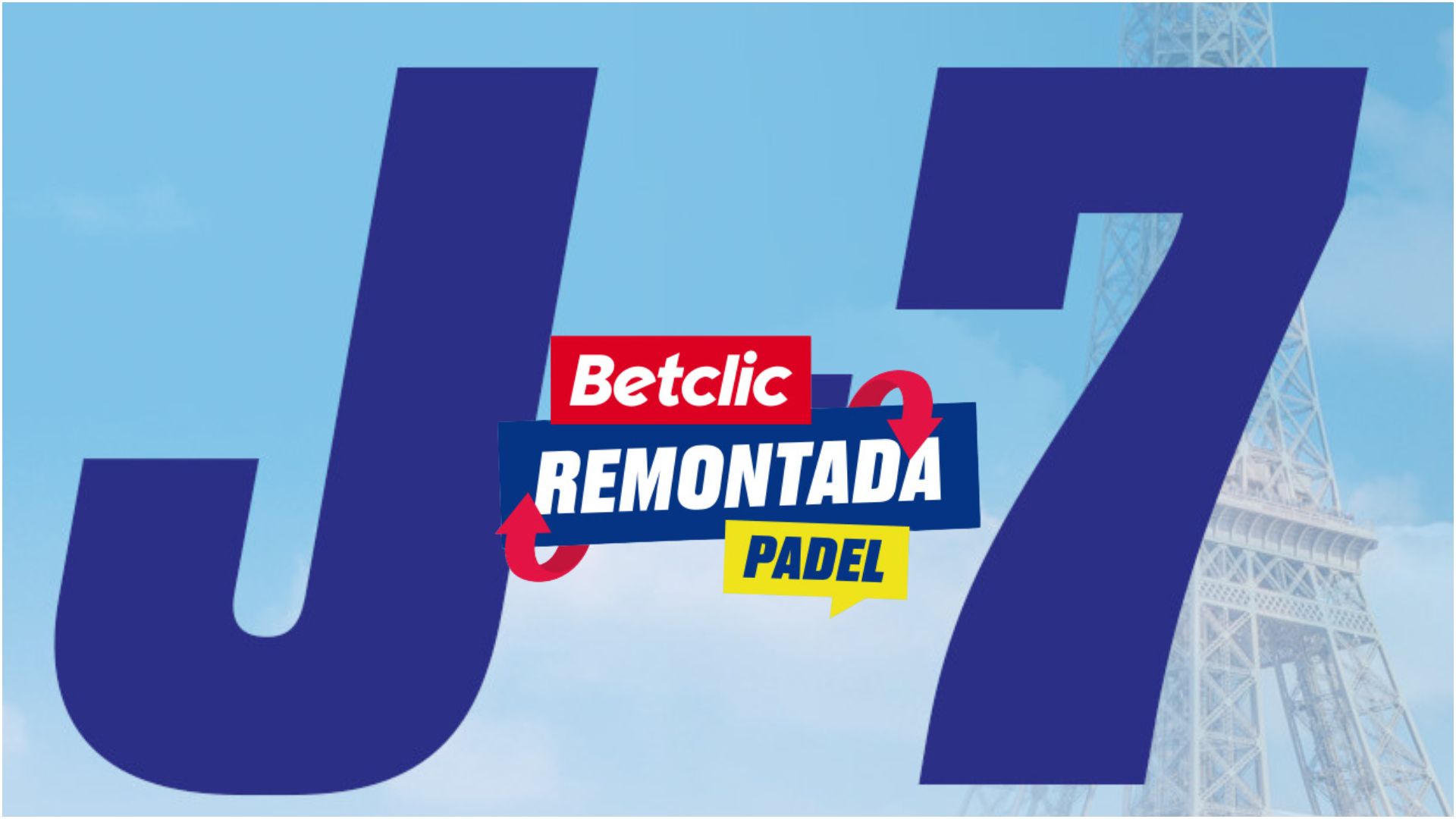 D-7 of the “BetClic Remontada Padel”, at the foot of the Eiffel Tower
D-7 of the “BetClic Remontada Padel”, at the foot of the Eiffel Tower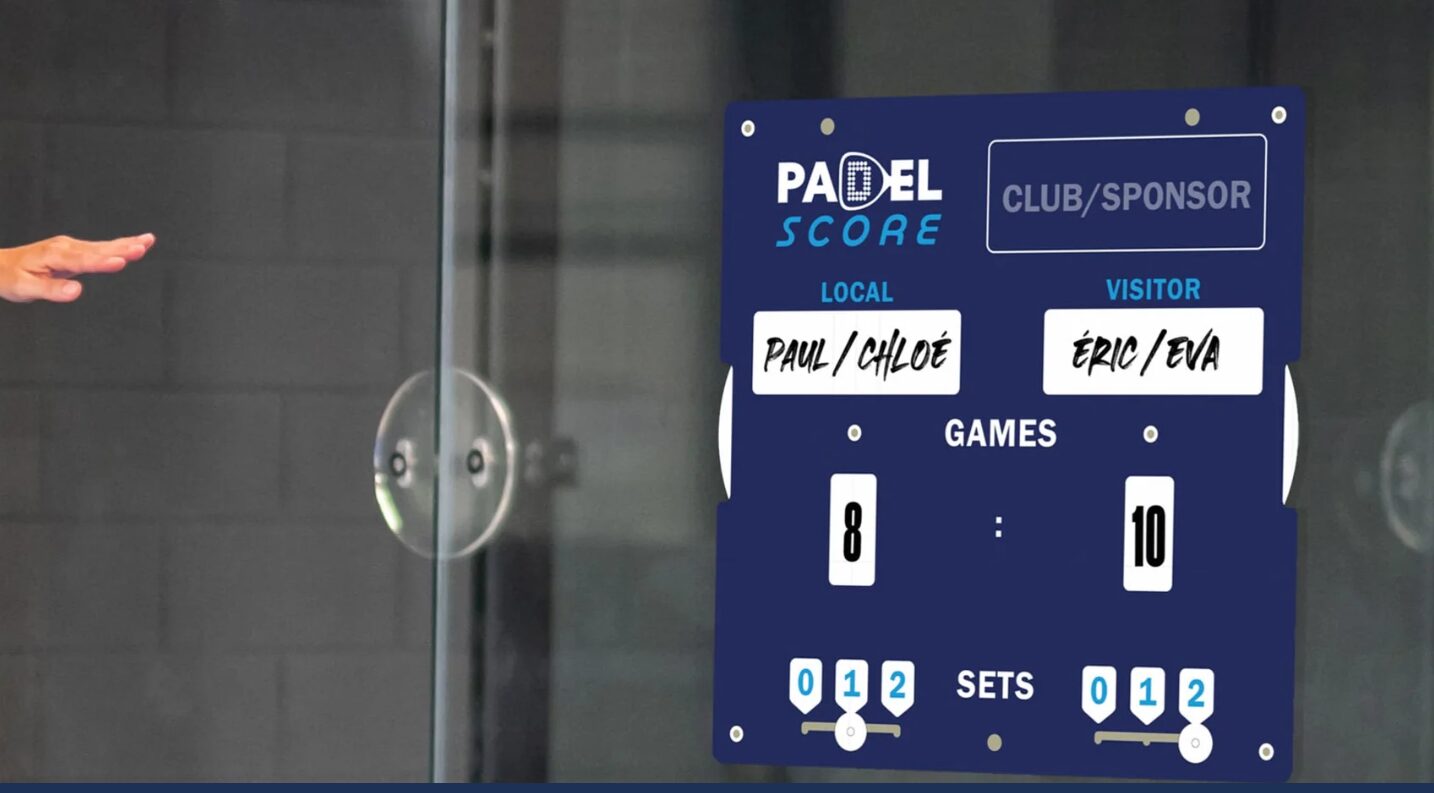 Padel Score: an essential table for keeping score
Padel Score: an essential table for keeping score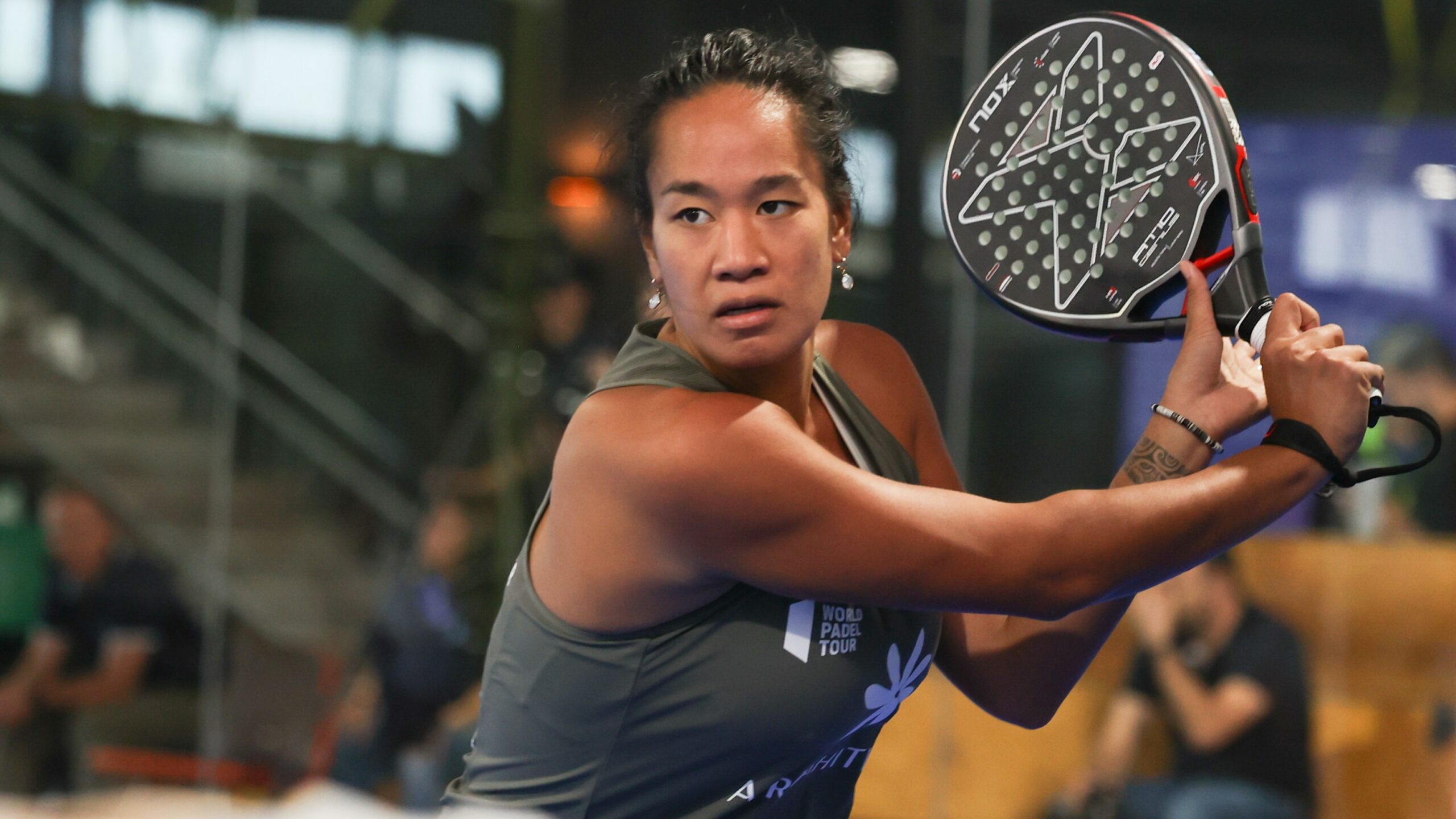 Léa Godallier makes her big return to the slopes this weekend
Léa Godallier makes her big return to the slopes this weekend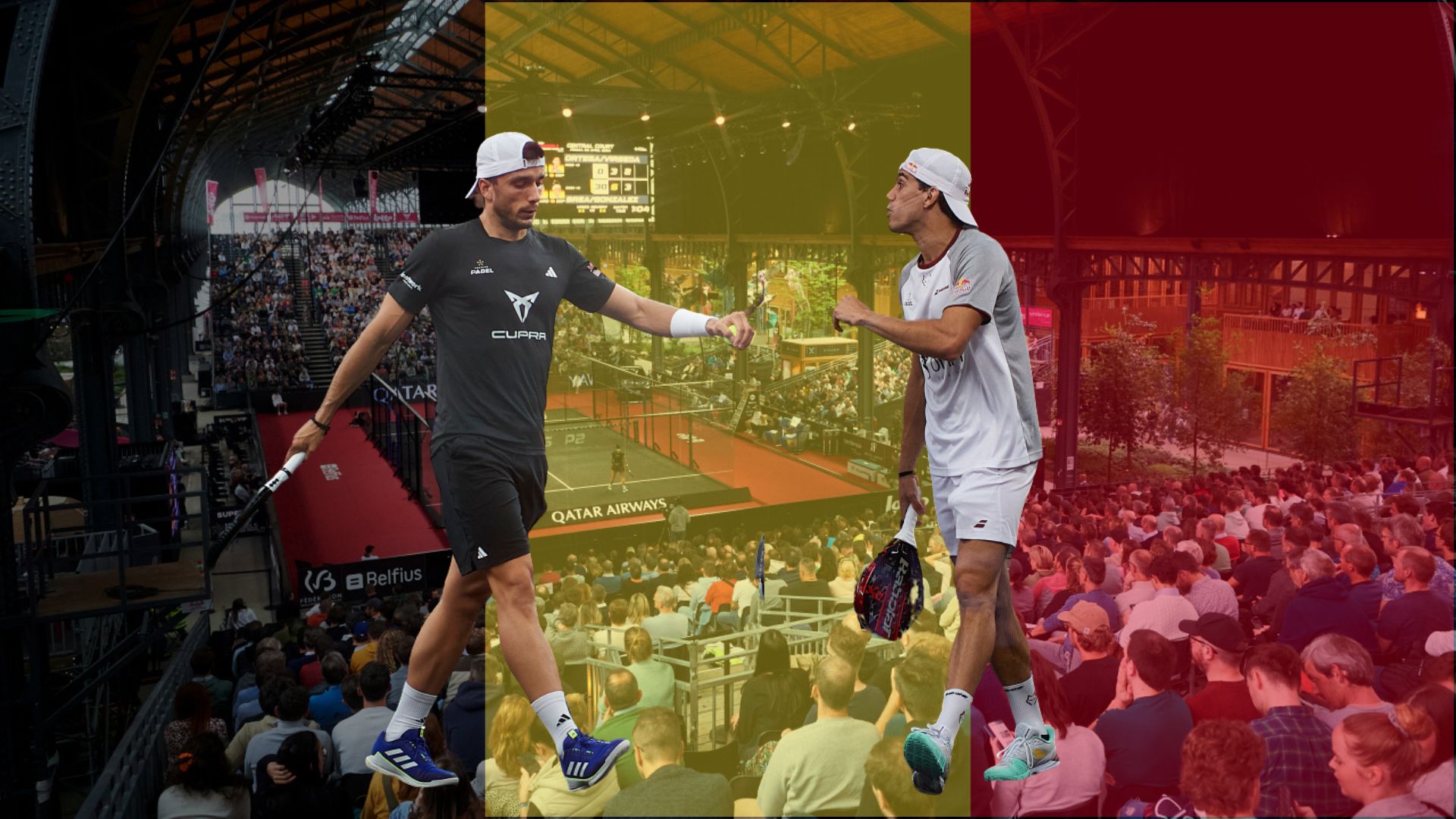 Premier Padel Brussels P2 – Juan Lebron and Ale Galan together in Belgium?
Premier Padel Brussels P2 – Juan Lebron and Ale Galan together in Belgium?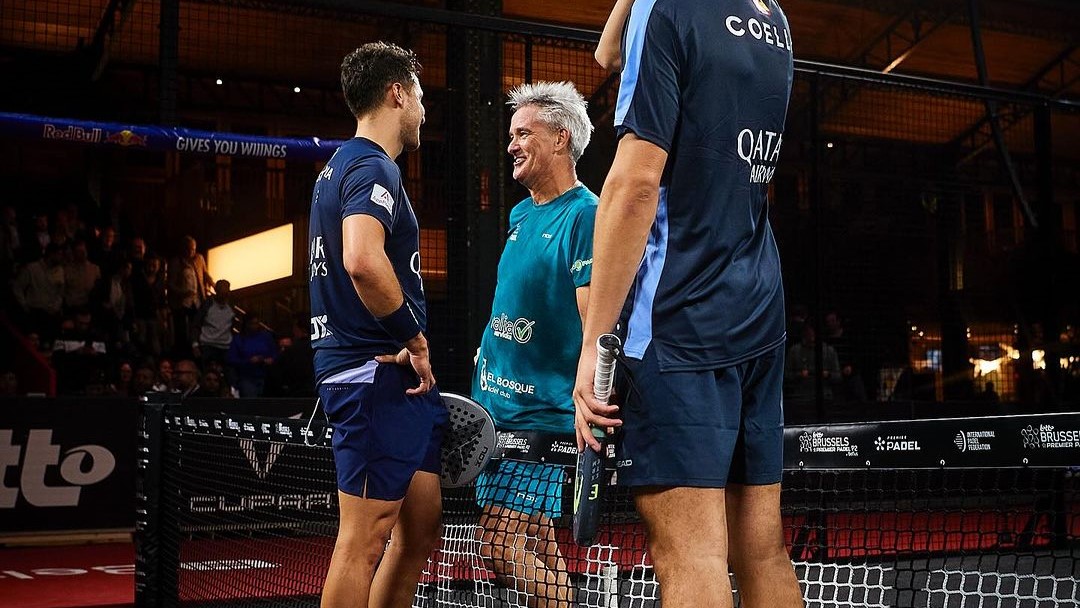 Agustin Tapia salutes the longevity of Miguel Lamperti
Agustin Tapia salutes the longevity of Miguel Lamperti José Manuel Escin at the inauguration of Casa Padel DOS: “Finally, and thank you!”
José Manuel Escin at the inauguration of Casa Padel DOS: “Finally, and thank you!” Padel Score comes to Tahiti for American Express Padel Cup!
Padel Score comes to Tahiti for American Express Padel Cup! Do you know the Rafa Nadal Academy Tour?
Do you know the Rafa Nadal Academy Tour? Play at padel on his yacht? Possible for €233.000!
Play at padel on his yacht? Possible for €233.000!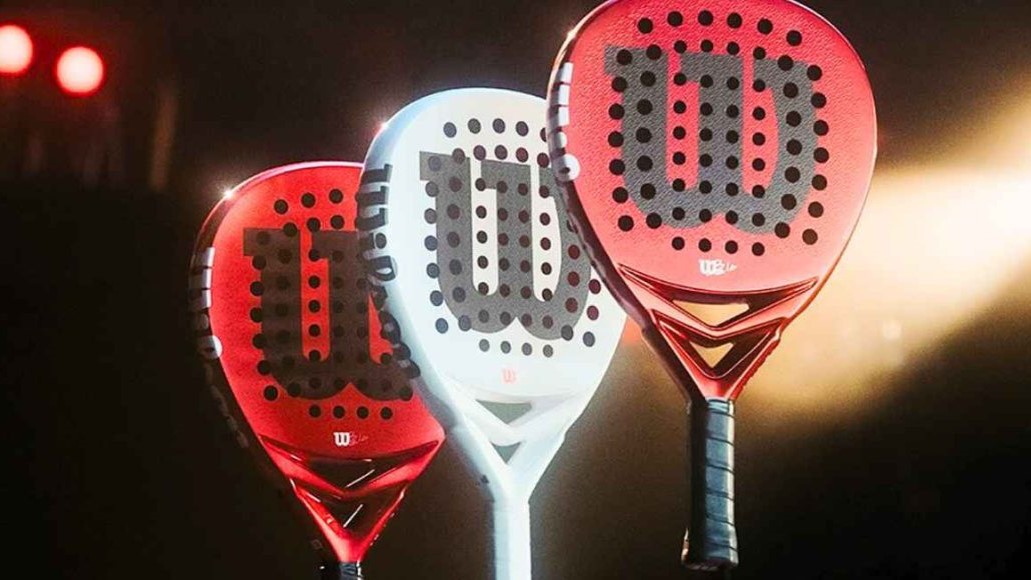 Presentation of the Wilson Bela V2.5 collection
Presentation of the Wilson Bela V2.5 collection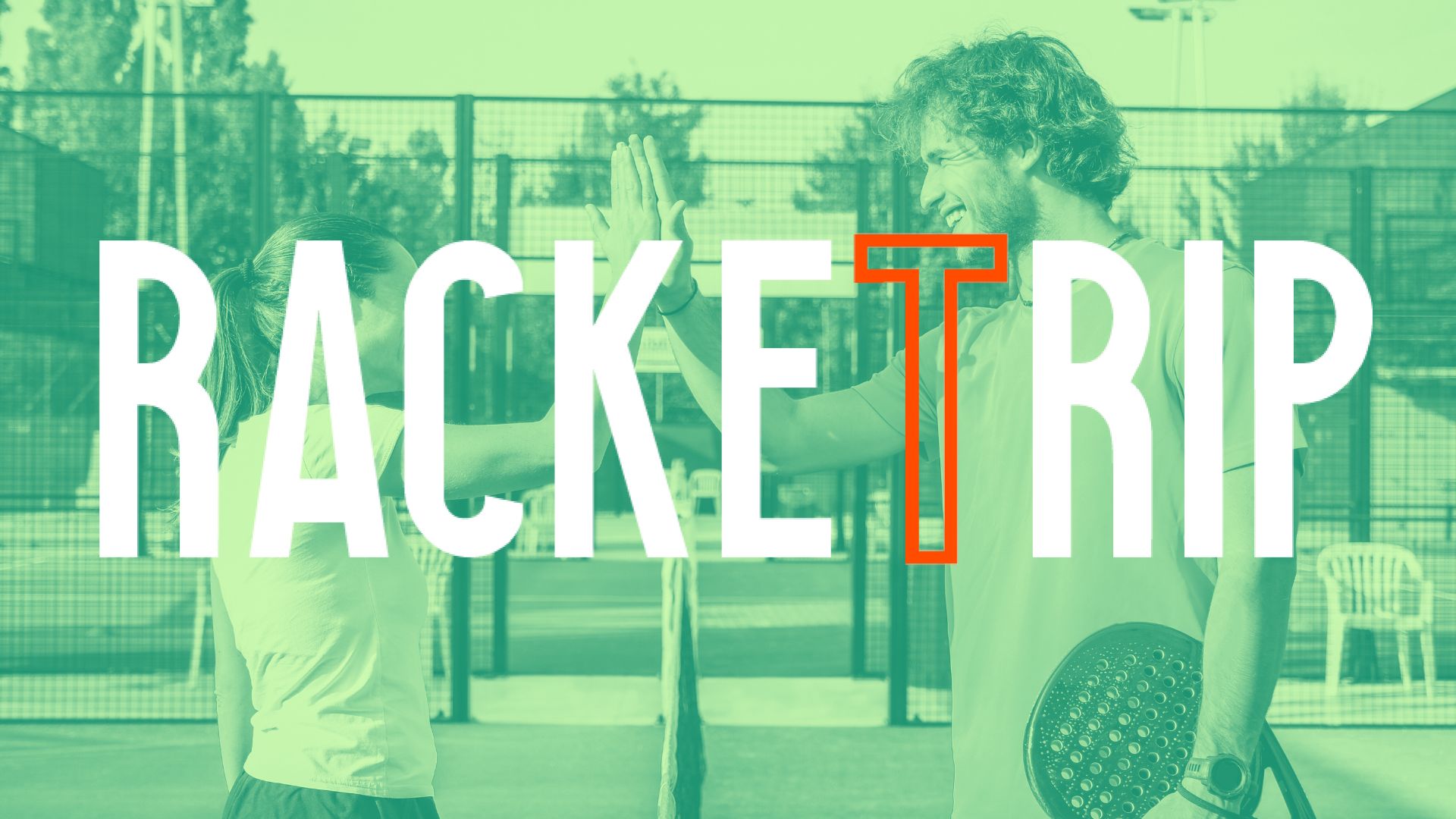 The LinkedIn of racquet sports: Racket Trip
The LinkedIn of racquet sports: Racket Trip The score at padel : manual
The score at padel : manual Our Top 10 training courses padel in France and Europe
Our Top 10 training courses padel in France and Europe At the heart of padel – Episode 25: Paul and Andoni answer your questions
At the heart of padel – Episode 25: Paul and Andoni answer your questions At the heart of padel – Episode 23: defend the window well
At the heart of padel – Episode 23: defend the window well Prohibition on playing topless Padel : the reasons
Prohibition on playing topless Padel : the reasons FIP Tour – Going far from Europe, THE strategy to earn points!
FIP Tour – Going far from Europe, THE strategy to earn points! What is a good football player? padel ?
What is a good football player? padel ? “Lefties give me headaches when I play against them!”
“Lefties give me headaches when I play against them!” At the heart of padel – Episode 14: how to earn points in winter?
At the heart of padel – Episode 14: how to earn points in winter? The basic tactics of padel
The basic tactics of padel A par 4 is always a winner...even if you manage to defend it!
A par 4 is always a winner...even if you manage to defend it! Carbon fiber VS fiberglass: what to choose?
Carbon fiber VS fiberglass: what to choose? How to effectively test a racket padel ?
How to effectively test a racket padel ? La padel to fight Parkinson's disease
La padel to fight Parkinson's disease Don't play with a cracked or broken racket, your body will thank you!
Don't play with a cracked or broken racket, your body will thank you! Michel Cymes: “The padel, physically, it’s serious!”
Michel Cymes: “The padel, physically, it’s serious!” Jeremy Gala: “Promote the padel among young people in Belgium remains a challenge”
Jeremy Gala: “Promote the padel among young people in Belgium remains a challenge” The French Touch Academy organizes its selection day Padel-Study
The French Touch Academy organizes its selection day Padel-Study Report on the detection and training of younger generations
Report on the detection and training of younger generations